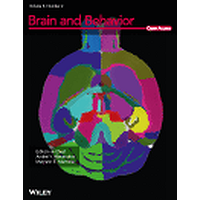PurposeThis study evaluated functional outcomes and safety after endoscopic and open bilateral carpal tunnel syndrome release in opposite hands of the same patients through a meta-analysis of randomized controlled trial data.Materials and MethodsRandomized controlled trials involving bothmethods in opposite hands of patients with bilateral carpal tunnel syndrome were identified via a systematic review of PUBMED and EMBASE.ResultsRelative risks (RRs) and 95% confidence intervals (CIs) from five randomized controlled trials involving 142 patients with bilateral carpal tunnel syndrome were calculated using fixed- or random-effect methods, with a length of follow-up from 24 to 52weeks after surgery. Compared with open release, endoscopic carpal tunnel release was associated with significantly better Boston Carpal Tunnel Questionnaire functional status scores (mean difference [MD]=0.13, 95% confidence interval [CI] [0.02-0.25]; P=0.02), but not symptom severity scores (RR=0.06, 95% CI [-0.15 to 0.04]; P=0.25). Endoscopic release required a longer operative time, but the procedures did not differ significantly in visual analog scale pain scores (MD=0.02, 95% CI [-0.08 to 0.11]; P=0.75), handgrip strength (MD=0.17, 95% CI [-2.03 to 2.37]; P=0.88), digital sensibility static two-point discrimination (MD=0.34, 95% CI [-0.03 to 0.70]; P=0.07), or complication rates (MD=0.01, 95% CI [-0.02 to 0.05], P=0.47).ConclusionFrom intraindividual evidence, endoscopic release promoted better recovery of daily life functions than open release, but required a longer operative time. The procedures provided similar symptom relief and hand strength and sensibility recovery, and were safe for patients with carpal tunnel syndrome.

Intraindividual comparison between open and endoscopic release in bilateral carpal tunnel syndrome: a meta-analysis of randomized controlled trials
Review badges
0 pre-pub reviews
0 post-pub reviews
